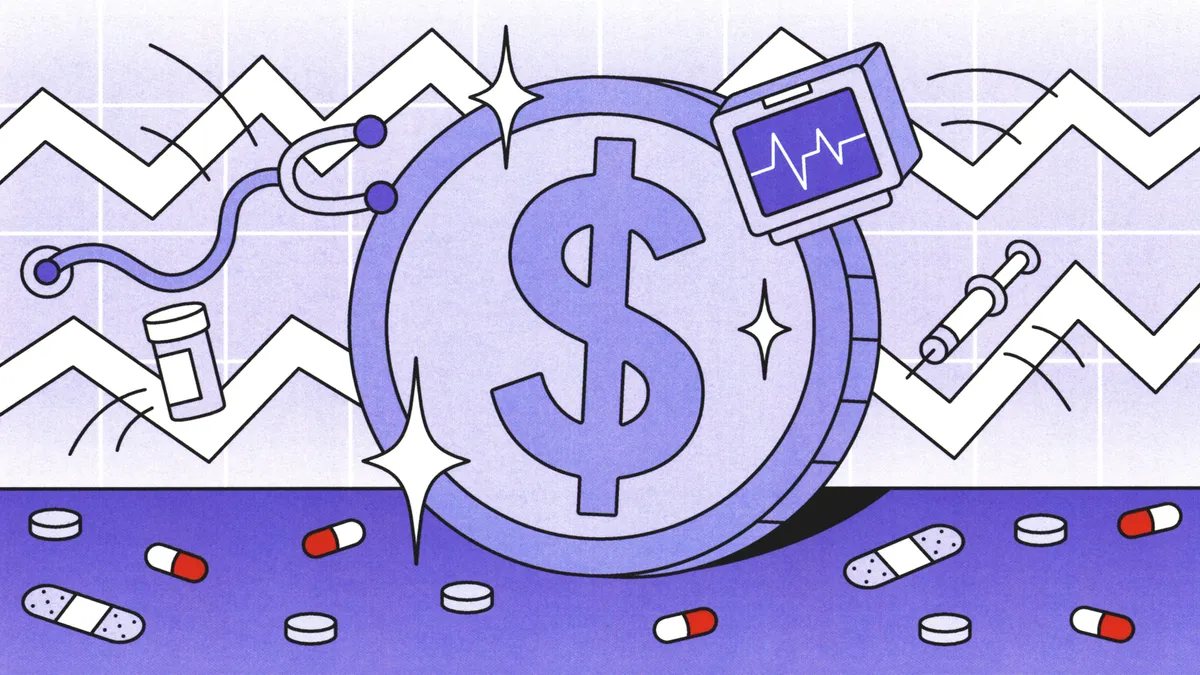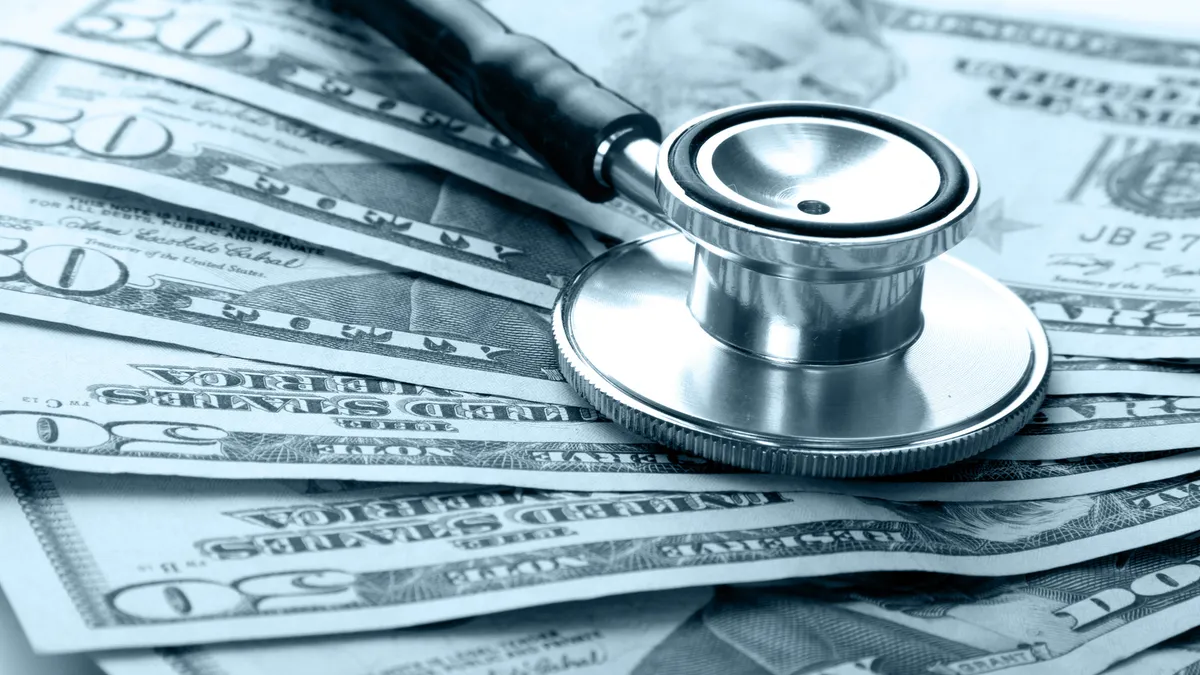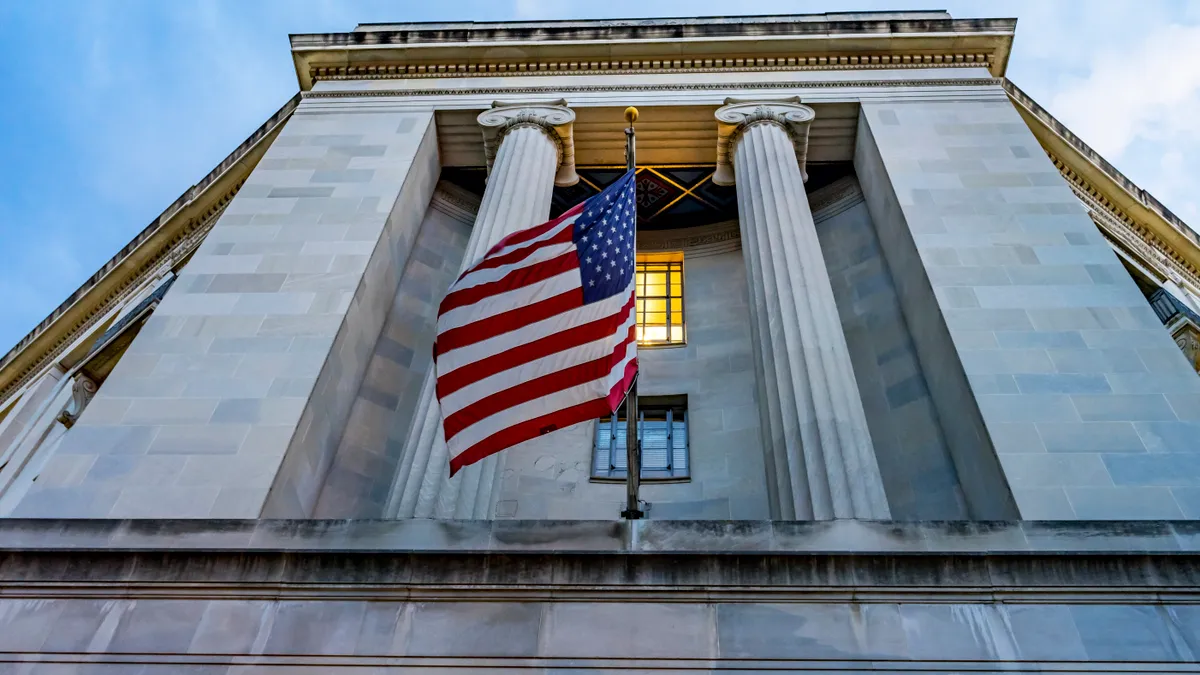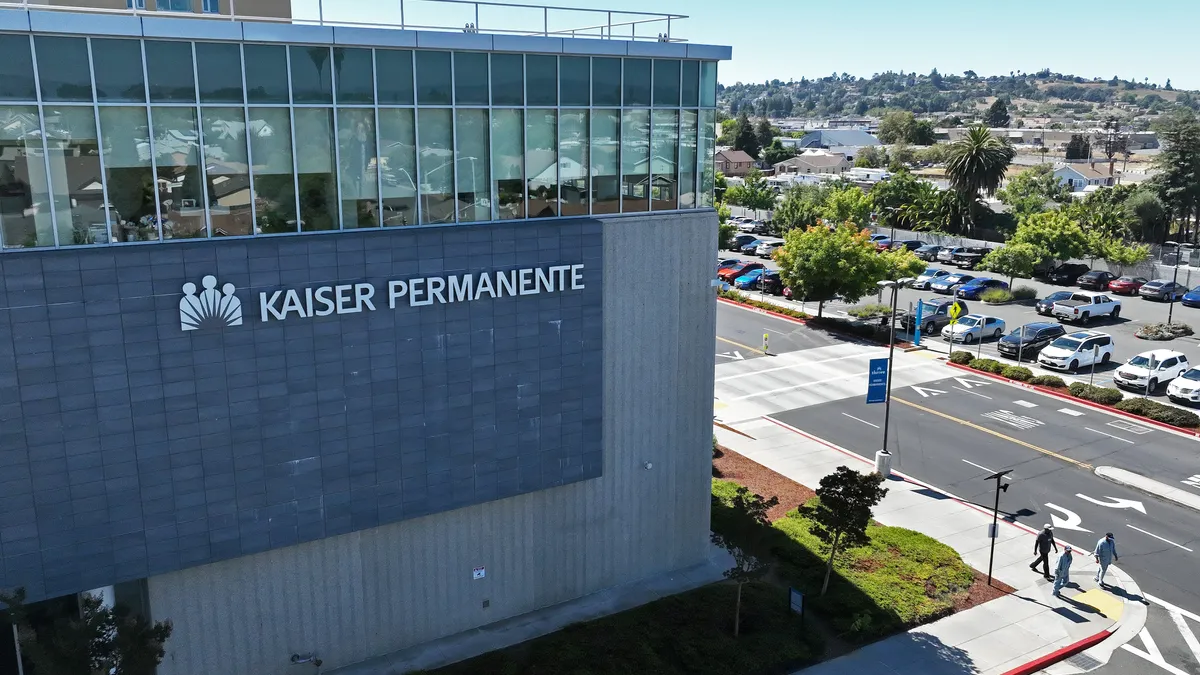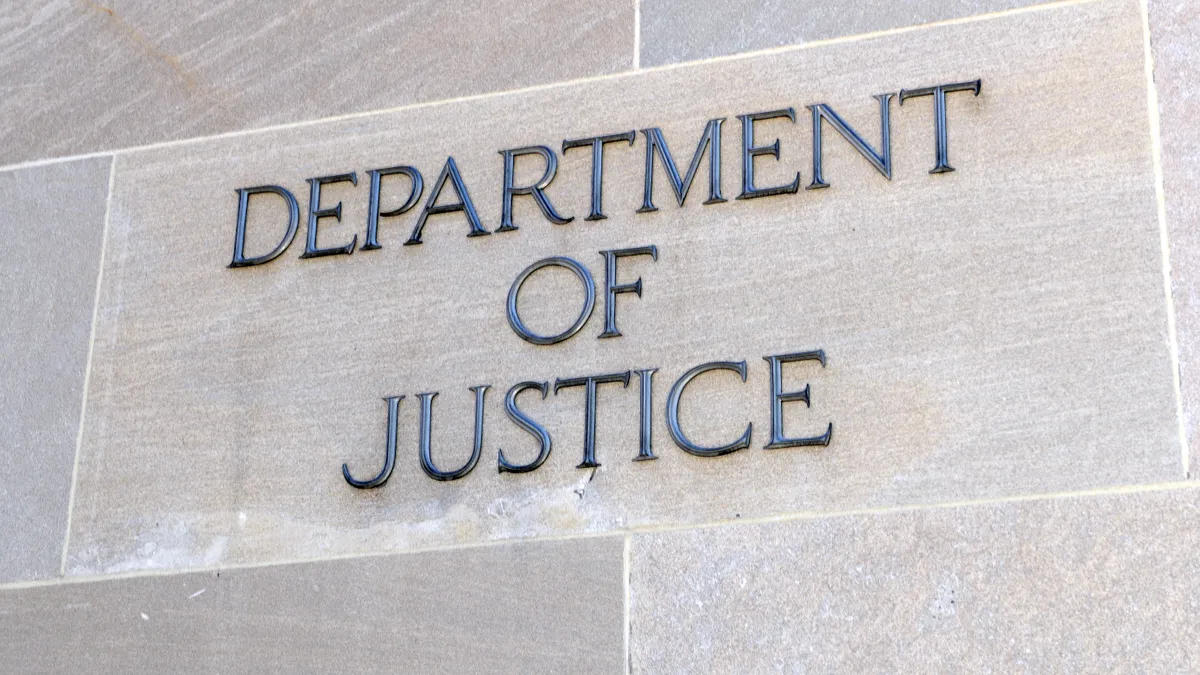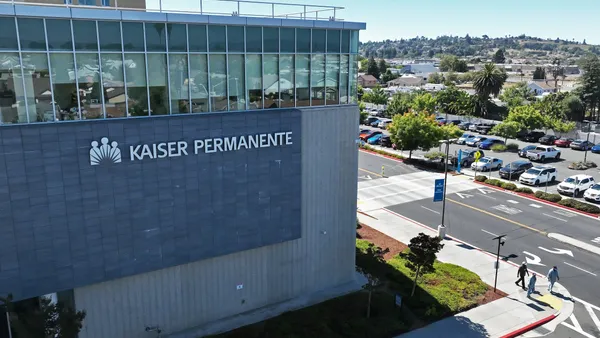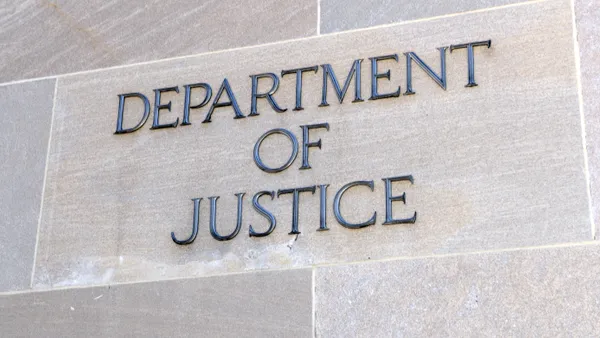Most of the nation’s leading for-profit hospital systems posted profits in second-quarter results released last month, boosted by an uptick in supplemental payments from state governments.
Although the profitable health systems — Tenet Healthcare, HCA Healthcare and Universal Health Services — attributed their second-quarter results in part to increased patient volumes and demand for ambulatory care, the systems also noted they received a revenue boost from state Medicaid supplemental payments, additional funds that help cover the shortfall between Medicaid reimbursement rates and the actual cost of care.
The health systems reported supplemental revenues from the payments ranging from $30 million and $125 million in the second quarter.
Boosted by the payments, HCA, Tenet and UHS now expect to draw in higher revenues across 2024. Community Health Systems was an outlier in the quarter. The system, which posted a net loss of $13 million, upwardly revised its full-year forecast for earnings before interest, taxes, depreciation and amortization. However, it said supplemental payments played no role in that revision.
Medicaid supplemental payment amounts have been a source of contention for years between providers and the CMS, which annually approves the payments. Supplemental Medicaid payments can include disproportionate share hospital payments, upper payment limit payments and state-directed payments.
In 2022, the most recent year national data is available, Medicaid spent $262.6 billion on hospital care, accounting for 33% of total Medicaid spending. Last year, HCA and UHS alone took home $3.9 billion and $840 million in total state supplemental payments, respectively, according to TD Cowen analyst Gary Taylor.
Still, health system executives argue the funds haven’t been enough to cover their costs.
During HCA’s most recent earnings call, CFO Mike Marks called Medicaid patients the system’s “most challenging payer” — other than uninsured patients — noting the federal program has “significantly” under-reimbursed providers for care. It’s a claim that other executives, including Tenet CFO Sun Park, echoed on their own calls.
However, this quarter, executives said they received an uptick in supplemental funding.
HCA entered 2024 expecting provider taxes associated with the supplemental payments to cause a headwind of approximately $100 million to $200 million. Now the system expects the payments to be a tailwind of the same size this year.
The health system’s largest supplemental Medicaid programs are in Texas and Florida, according to executives. The system gained $125 million compared to the prior year related to payments from its Nevada and Florida markets, according to Marks. The Florida program is relatively new, having just begun in the fourth quarter of 2023.
Tenet, which operates in six markets that have supplemental Medicaid payment programs, experienced revenue bumps from Medicaid payments for the second consecutive quarter. This quarter, the health system recorded a pre-tax revenue gain of $30 million related to its Texas market. During the first quarter, Tenet posted similar gains from Michigan payments, which contributed to the company raising its EBITDA guidance in the first quarter.
At UHS, CFO Steve Filton said that increases in acute hospital EBITDA and patient revenue were in part driven by incremental Medicaid supplemental payments from Nevada.
For some, including executives at UHS and Tenet, the increase in supplemental payment revenue this quarter was expected.
During the company’s first quarter earnings call, Tenet CEO Saum Sutaria said the health system has been engaging stakeholders to improve reimbursement rates for state Medicaid supplemental programs for years.
“This doesn't really come out of the blue, if you will, for us in the sense that a lot of effort has gone in among multiple stakeholders,” the CEO said during the first quarter call.
UHS’ Filton affirmed an analyst’s read that supplemental payments were performing better than analysts’ had modeled a year prior, calling them a “significant opportunity” for financial recovery.
Providers have also been watching the impact of a new rule finalized by the CMS in April.
The rule allows states to set a higher ceiling for Medicaid supplemental payment rates, capping managed care payment rates at levels equal to those paid by commercial plans, resulting in increased reimbursement. The rule was a win for the hospital industry, which had lobbied to finalize the guidance.
In light of the new rule, the CMS expects supplemental payments to grow from $78 billion to $99 billion in the next five years.
The rule was announced just days before UHS’ first quarter earnings call. At the time, Filton said he was “encouraged” by the lack of caps.
Still, although health systems generated revenue from the supplemental payments during the second quarter, not all executives were willing to rely on future payments for sustained profits.
HCA’s Marks said the impact of the payments were lumpy from quarter to quarter, and noted that, while reimbursement rates had improved they were still lower than executives might like.
Tenet’s Park was hopeful that states might further increase their reimbursements rates, calling out Michigan as an example.
“For a long time, Michigan, while participating in the supplemental programs, was under-reimbursing providers for the important accidental care that we provide to this population,” Park said. “Over a long period of effort and lobbying and coordination with the payers, we were finally able to, as you know, this year get approved a enhancement to the HRA program.”
Moving forward, executives said they’re watching several states that could opt into offering supplemental payments.
Nashville, Tennessee-based HCA is watching the Tennessee market closely to see whether the state might finalize its supplemental payment program, according to executives.
UHS’ Filton said more states tend to implement programs or refine existing programs in the back half of the year, but he declined to speculate as to what states might move forward with the approval process.
However, the election looms large as a possible hiccup for the programs.
Although executives noted both red and blue states have broadly adopted the policies, there was some “investor uncertainty” expressed by analysts, including those from Wolfes Research and Stephens, on second-quarter earnings calls about how a White House change could impact enthusiasm for supplemental payments.
The programs currently have broad support from the Biden administration, however analysts pressed health system executives about what a Trump administration might mean for the funding.
Executives did their best to shut down those concerns.
“They're well supported historically, both in red states and blue states,” said HCA’s Marks. “And frankly, two of our biggest programs are in Texas, Florida. So that will give you a sense of those things.”


